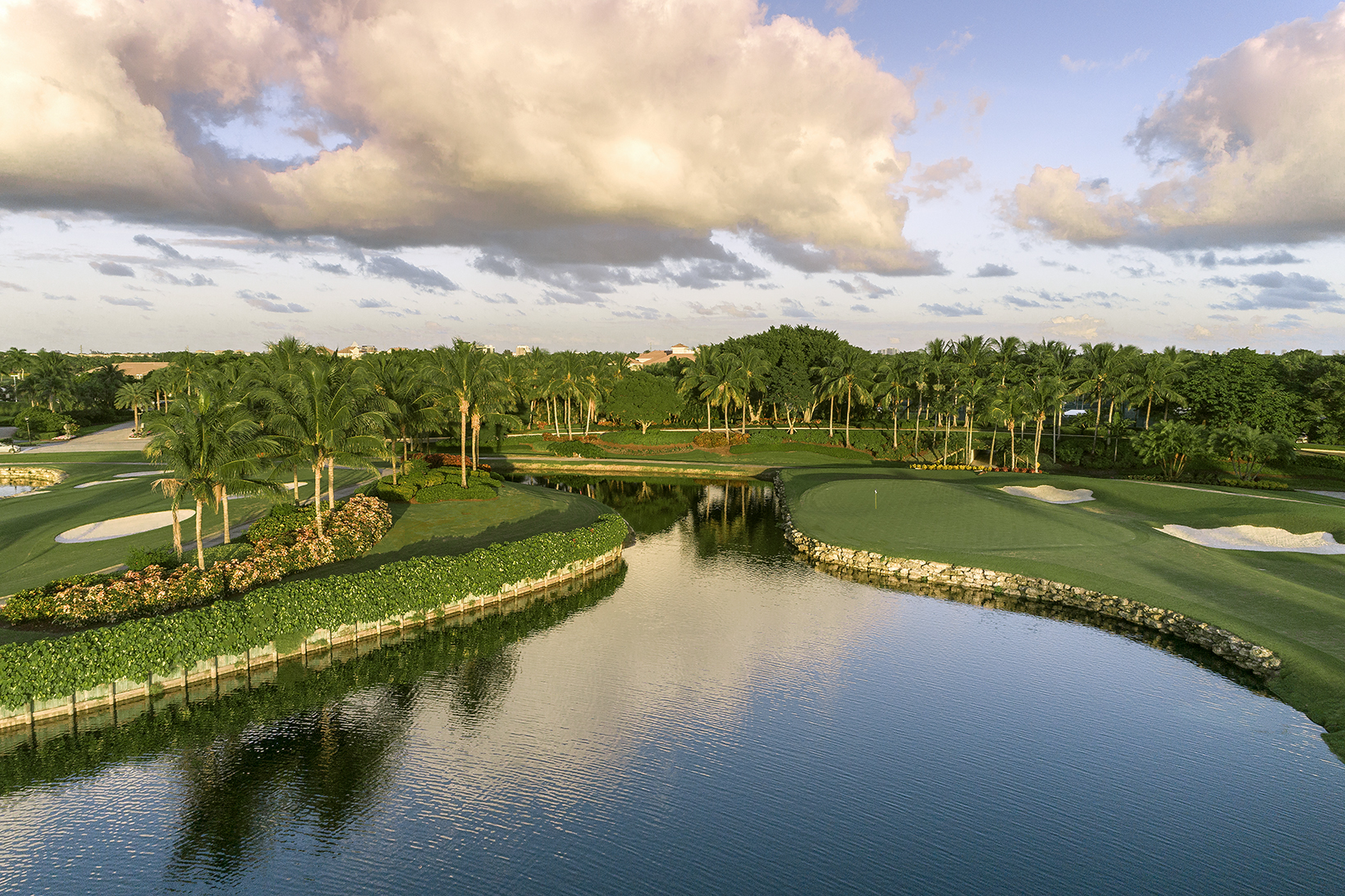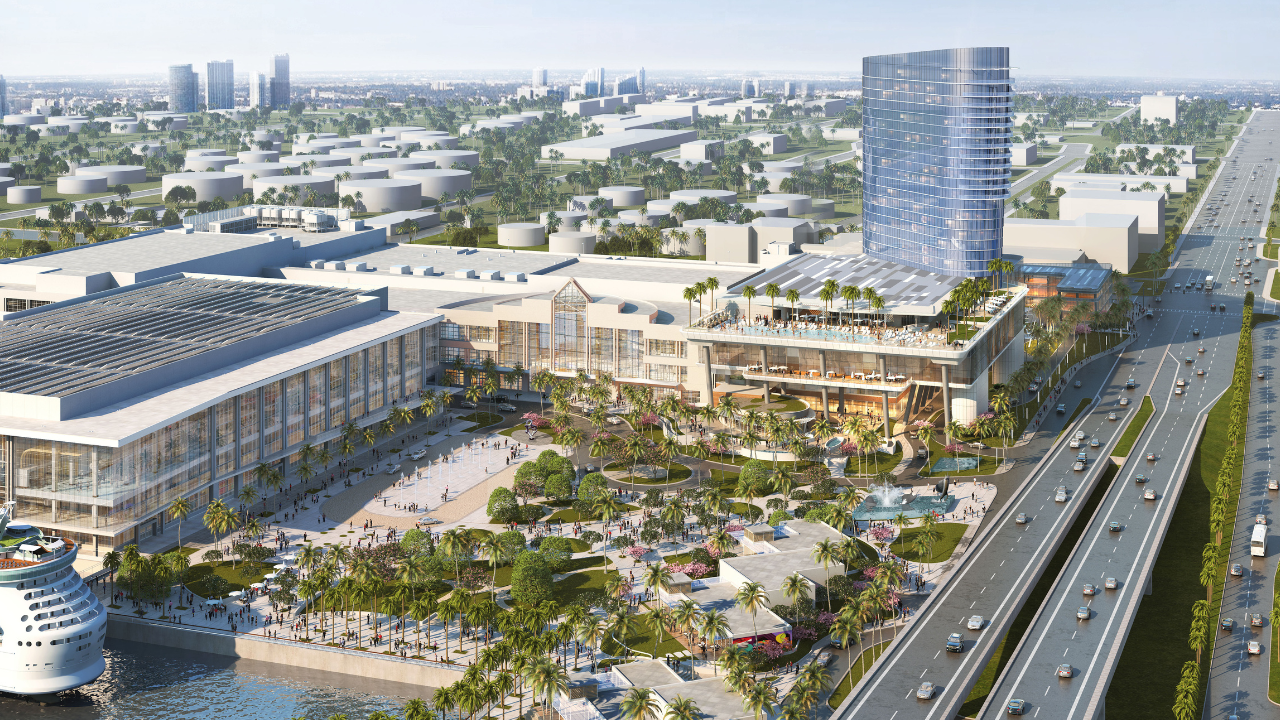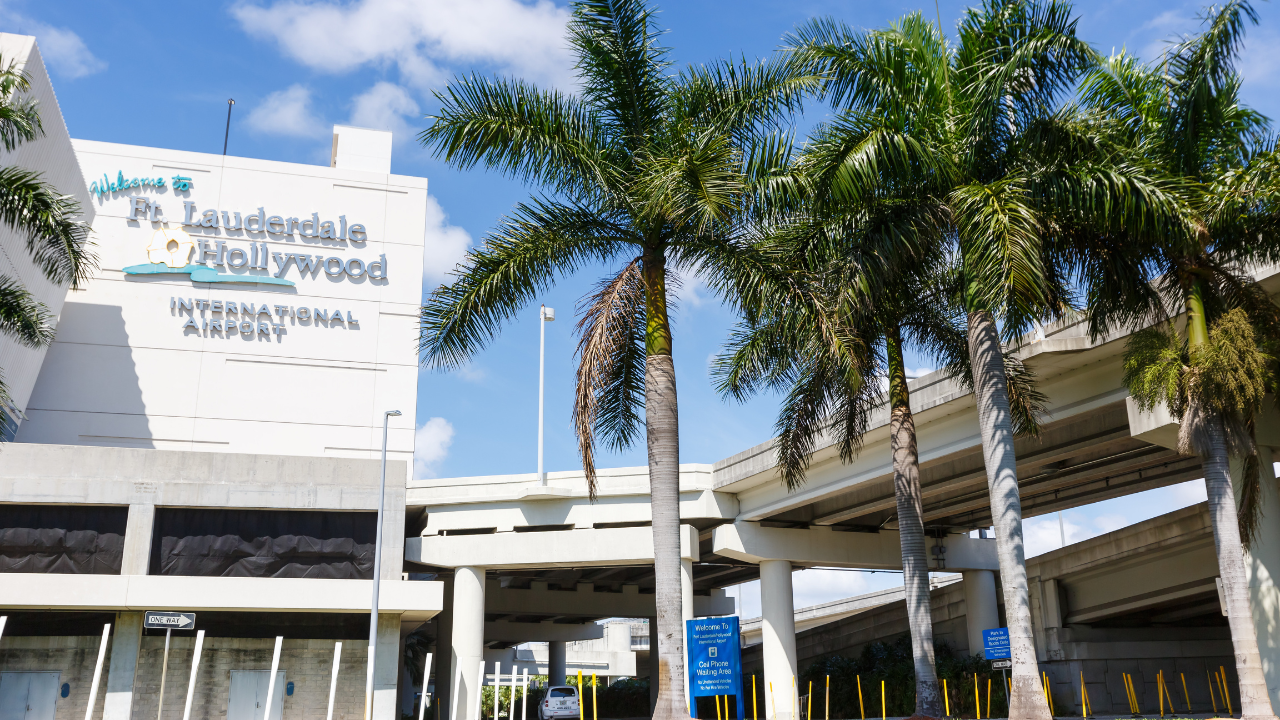Palm Beach County calls itself “Florida’s Golf Capital.” Home to dozens of famous players, top-ranked courses and the longtime headquarters for the PGA of America, it is a marketing moniker worthy of merit.
But if there’s one place arguably responsible for putting the county on the golf map, it is BallenIsles Country Club. Indeed, even in the club-rich Palm Beaches, few can top the golf pedigree of this Palm Beach Gardens community founded by the late real estate mogul and noted philanthropist John D. MacArthur.
MacArthur sparked South Florida’s golf boom when he commissioned three championship courses in 1963 to be built at then-named PGA National Golf Club to serve as the new home of the PGA of America after the organization outgrew its headquarters in Dunedin. A year later, MacArthur’s East Course was awarded the prestigious Senior PGA Championship, and within a 10-year span, the club played host to more than a dozen other high-profile tournaments. Among the highlights was Florida’s first-ever major, the PGA Championship that Jack Nicklaus won in 1971.
MacArthur’s golf club also was the original venue for the elite Qualifying School, where players such as Bruce Fleisher and Tom Watson earned their PGA Tour cards, and a place where celebrities such as Bing Crosby, Bob Hope, Jackie Gleason and Perry Como would come to play and hang out in the early years with legendary club pro Harry “The Top Banana” Pezzullo.
Fifty years later, the site remains as relevant as ever when it comes to golf, and the private community, renamed BallenIsles in 1988 after the John D. and Catherine T. MacArthur Foundation sold the club and surrounding property for development, is thriving, to say the least.
These days the excitement around BallenIsles derives in large part to the newly reopened $7.5-million South Course, which has been completely redesigned from tee-to-green under the direction of club operator Troon and acclaimed architect Rees Jones. The latest course makeover by Jones features new bunkers and other design modifications that have improved strategy and shot options, and adds new concrete cart paths and irrigation technology/drainage systems for the 55-year-old course. Another popular addition since it reopened in January: a new set of tees measuring approximately 4,000 yards for a variety of shorter and challenging course-playing options for players of all ages and levels of skill.
The reimagined South Course is just another example of how BallenIsles is not resting on its golf laurels. For instance, the club that now comprises 1,400 members just invested $35 million two years ago to expand the original clubhouse to an even more impressive 115,000 square feet featuring five distinct new restaurants.
And that addition appeared just 10 years after the dedication of nearly $40 million to redo the famed East Course and build the 65,000-square-foot Sports Complex adjacent to the 22-court tennis facility where resident-member Serena Williams trains.
“The core message we’re trying to continue to build is that we’re a club and community that is preeminent in the market we’re in,” says BallenIsles general manager and chief operating officer Ryan Walls of Troon Prive. “We’re in a bit of a microclimate down here in the Palm Beach/Boca Raton market where you have a lot of clubs with this scale and magnitude and mandatory memberships. “It’s competitive. All high end—all great quality. It’s a world of its own. But really the residential experience here is as good as you’ll find anywhere else.”
Club president Michael Muntner and his wife, Judie, discovered BallenIsles 18 years ago after retiring from the Washington, D.C., area, and they couldn’t be happier. “I mean, there’s no economic justification for having a house here in Florida. You’re really buying the lifestyle,” says Michael, an avid golfer and snow globe collector who turned 80 last November. “You’re not going to make money off the house. And it’s not only the golf and not only the tennis. You have restaurants and other activities and enough friends here to fill a dance card. For somebody who doesn’t live in a residential club, it’s hard for them to understand and appreciate. You build an intimacy and friendship with many of them who become like family. It’s all wrapped up together.”














